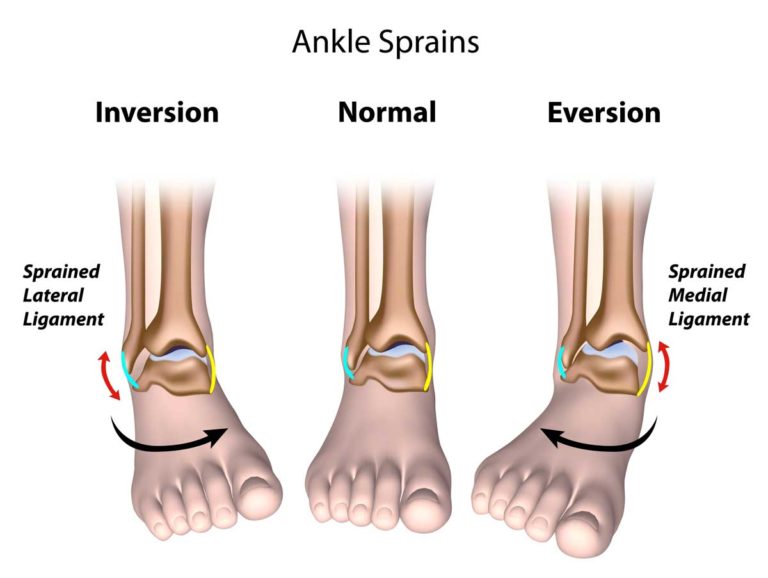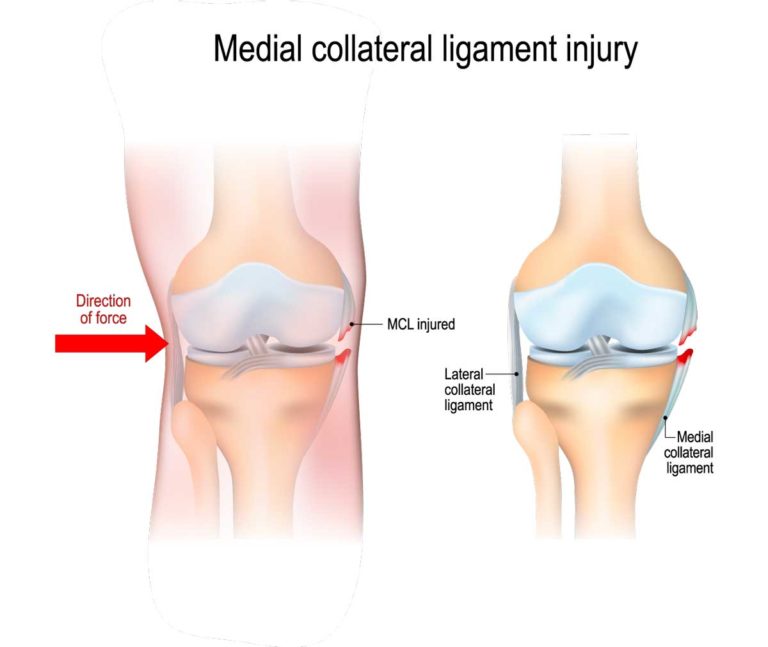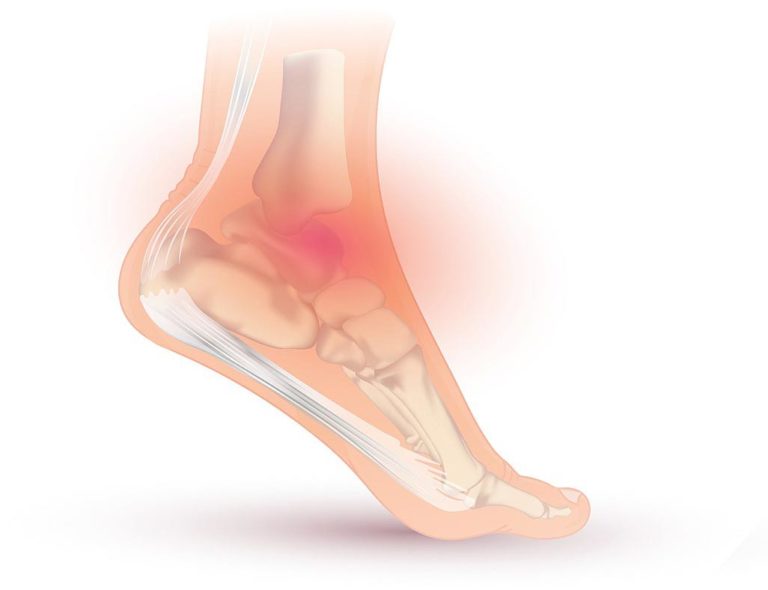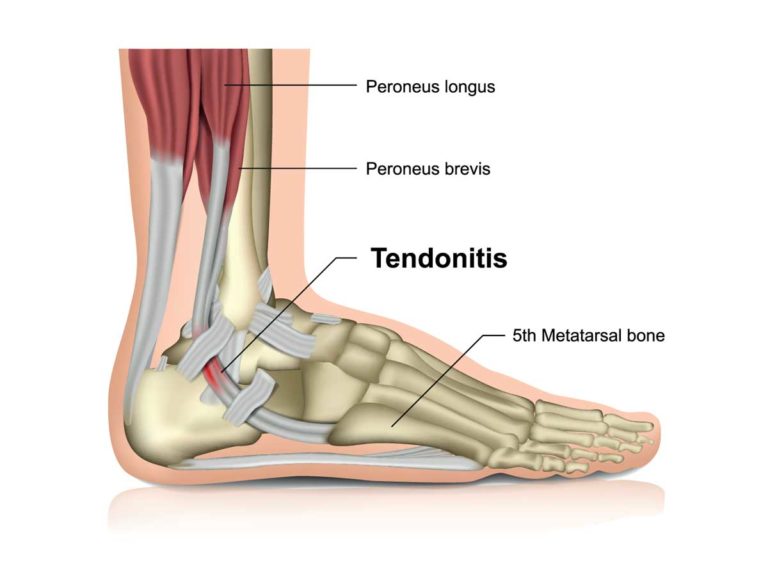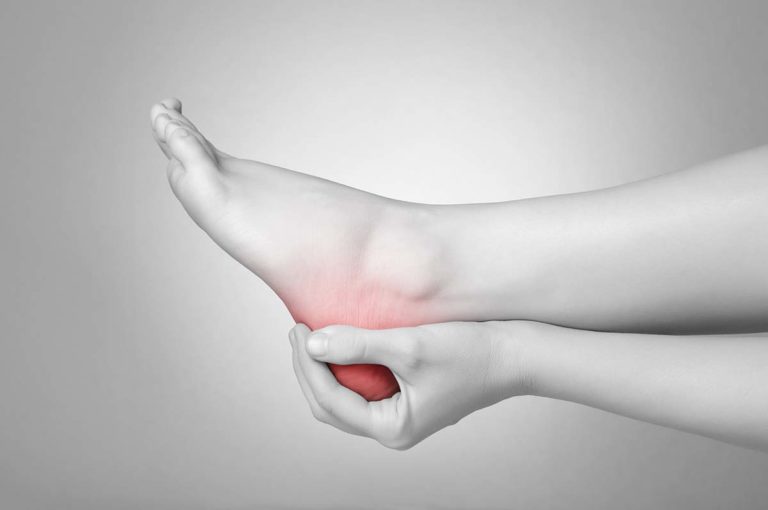Prolotherapy Injections
What is it?
Prolotherapy injections aim to heal tissue by stimulating the injured area to become inflamed/irritated in a controlled manner, thereby encouraging cells that promote healing to come into it. In doing so, the area can be healed with new tissue or stiffened through the build up of scar tissue. (Reference)
There are various types of prolotherapy available but a common substance used is concentrated dextrose (a type of sugar) that can stimulate the area as mentioned earlier. This is usually mixed in with local anaesthetic to bring the dextrose to the desired dilution.
What does it involve?
Dextrose prolotherapy is usually made from a 50:50 mixture of 50% dextrose and 1% lidocaine. The resulting solution is then carefully injected into the injured area, usually under ultrasound guidance, to ensure that it does not affect non-injured areas of the body. Depending on your symptoms, more than one injection maybe needed to help the area to heal.
What can be treated?
Different problems can be treated with a prolotherapy injection, but it it more commonly used for ligament or degenerative (wear-and-tear) tendon tears.
What are the benefits, risks, and side effects?
Benefits include reduction of pain and an improvement in function.
Risks include those common to all injections which are infection, pain and bleeding at the injection site.
Common side effects include a temporary flare of the pain (typically 48-72 hours), swelling to the area and stiffness. If injected into a ligament or tendon, and it is loaded without being rested, there is a risk that it could tear completely.
What do I need to do afterwards?
It is important to offload the injection site and rest from activities for a period of time. The time frame may vary according to where the injection was performed and for what reason. For injections into tendons or the plantar fascia, a more protracted offloading may be required, particularly with repeat injections.
What are the common misconceptions?
Prolotherapy has been used for many different things and while it is helpful in certain musculoskeletal and sports injuries, the various other applications may produce different results. To optimise delivery, it should be undertaken using ultrasound guidance and needs to be done in conjunction with a well devised rehabilitation program.
